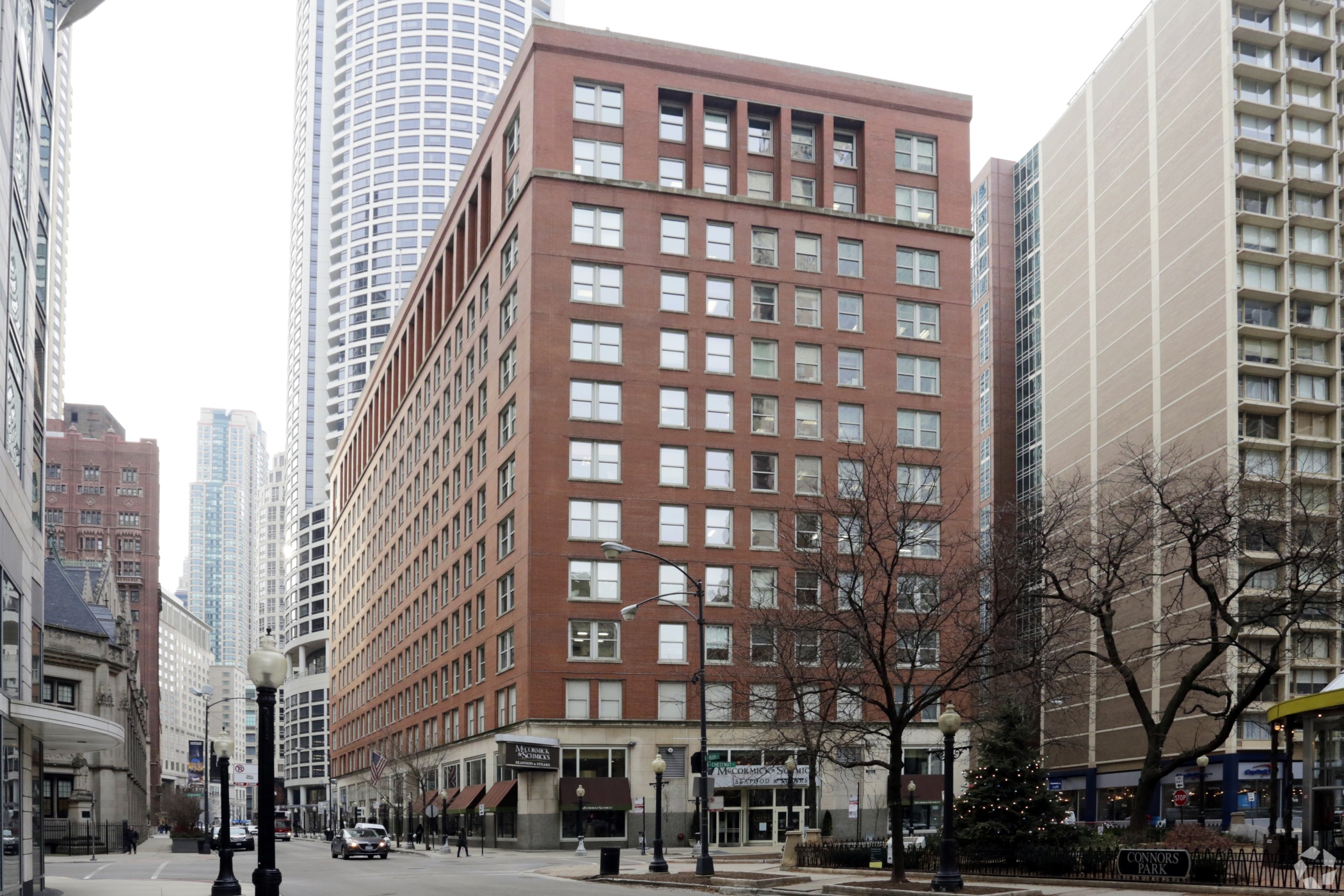The federal government is considering whether to shed or consolidate another 11 office buildings around the country, from Washington, D.C., to Houston to Chicago, to save an estimated $5.4 billion over 30 years and generate an estimated $346 million in sales proceeds.
An agency established by Congress, the Public Buildings Reform Board, said Thursday the real estate is too expensive or underused to keep running, and brokers have said it could be better used as multifamily or mixed-use projects. Those properties contain nearly 7.1 million gross square feet of space in seven U.S. cities and among four properties in greater Washington, D.C., including the headquarters of the U.S. Department of Energy. The locations include Boston, Miami, Atlanta, Albuquerque and Nashville, Tennessee.
The report “showcases the rampant waste and excess in the federal property portfolio,” a federal Office of Management and Budget spokesperson told CoStar News via email. “This administration is committed to stopping waste, fraud, and abuse in all areas — including empty federal office buildings."
The OMB must approve the recommendation to allow action by the General Services Administration, the government agency that manages the federal civilian real estate portfolio.
The reform board "is a valued partner of GSA as we look for the best way to support President Trump’s agenda of rightsizing the federal footprint," a GSA spokesperson told CoStar News via email on Friday.
The latest round of disposition recommendations comes as scrutiny over the federal real estate portfolio heats up. President Donald Trump’s administration, partly through its Department of Government Efficiency, has sought to accelerate cuts to save money as it simultaneously pushes to return federal employees to work in person full time.
There’s been a change in direction in recent months at the government agencies that oversee the federal real estate portfolio, reform board member Dan Mathews said in a media briefing Thursday. He added that the board is looking to “be more aggressive with the significance of the properties we put forward.”
A trio of buildings south of the National Mall in Washington on the list includes the James V. Forrestal Building, which serves as the Energy Department's headquarters.
“In my opinion, I’m not sure that any of these buildings in their next life will be office locations,” said Darian LeBlanc, director of government services for Cushman & Wakefield, in an interview.
He said multifamily uses probably will be discussed as an option for the buildings.
“I don’t believe that office demand in a lot of these places is strong enough to warrant redevelopment from an office-to-office component," LeBlanc said. "They will probably be use conversions from office to just about anything except office."
Multifamily or museums
In its report, the reform board also acknowledged that several of the buildings could be converted to create hundreds of new housing units.
Lucy Kitchin, managing director of Transwestern's government services advisory group, told CoStar News in an interview that conversion to housing could be challenging for some of the District properties with deeper floorplates. She added that some of them could be good candidates to house museums.
In April, the GSA said that in the first 100 days since Trump took office it sold 15 federal buildings. That helped avoid the spending of $47 million in deferred maintenance costs, the agency said.
A GSA spokesperson told CoStar News via email this month that most of that cost avoidance came from the sale of the Webster School in Washington, D.C., and the U.S. Forest Service building in Ogden, Utah.
The historic former school in the nation’s capital sold for $4.138 million, and the former district headquarters of the federal forestry organization, north of Salt Lake City, traded for $3.6 million. The sale process for both buildings had been initiated prior to Trump's return to office.
The GSA spokesperson declined in a phone call, however, to share the other properties sold in the first 100 days of Trump’s presidency.
The GSA continues to regularly post online properties it is considering for accelerated disposal. The agency shared a list of more than 400 assets it had in mind early this year but quickly removed it from public view.
The report issued Thursday was spurred by a 2016 law that established the review board in a multipronged effort to save U.S. taxpayer money, consolidate federal operations in modernized spaces and return properties to communities that could redevelop them and generate taxes.
Monitoring building use
The board said it plans to leverage incoming building use data to help paint a clearer picture on which to base future suggestions on the government portfolio. An OMB memo from April encouraged agencies to begin utilization monitoring at public buildings and outlined a full implementation that will begin this summer.

The latest report is the third issued in accordance with the law.
The first, submitted in late 2019, recommended 12 properties for disposal. The OMB approved the list about a month later. Of those, 10 have been sold for a total of $193 million, the reform board said. Another is under agreement and expected to produce another $130 million, it added.
The second report, submitted in December 2021, recommended 15 properties to OMB for dispositions that would result in an additional $275 million in long-term savings, the review board noted. But the OMB rejected that submission.
Another round is expected to be issued next year. The most recent report provides a list of nearly 60 other properties, many of which are in the District, that could be considered for disposition.
Under legislation signed into law in January by then-President Joe Biden, the reform board is set to sunset on Dec. 31, 2026. Mathews said an extension on its work “could make a lot of sense.”
Updated May 23 to include a quote from a GSA spokesperson.


